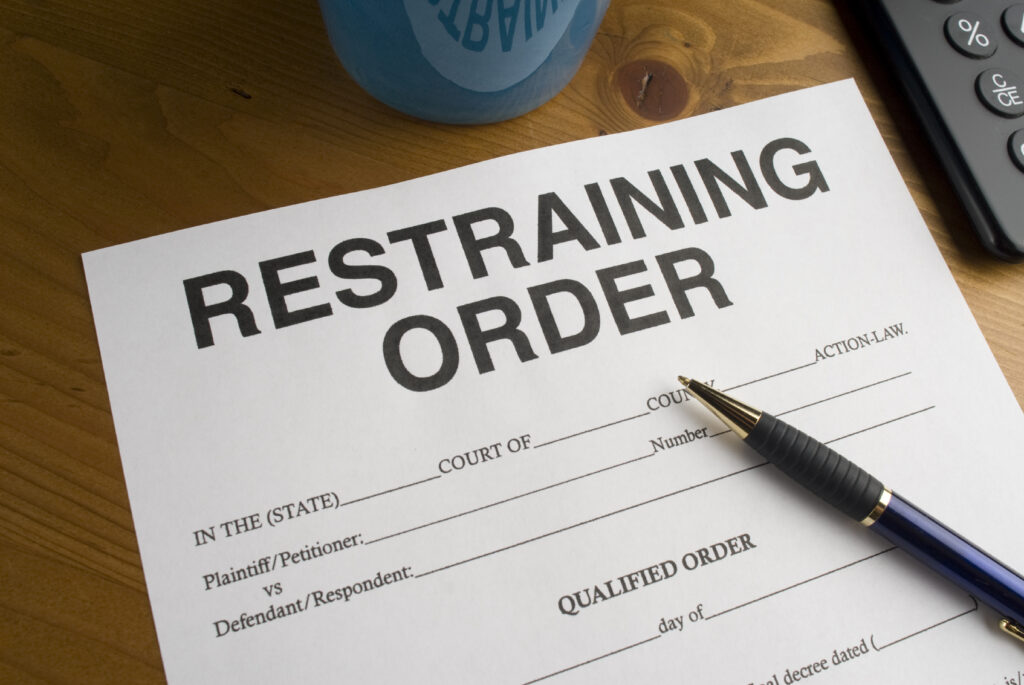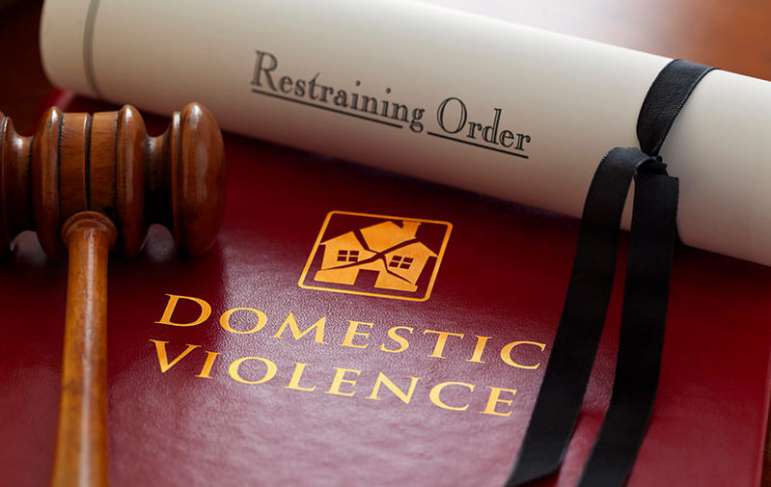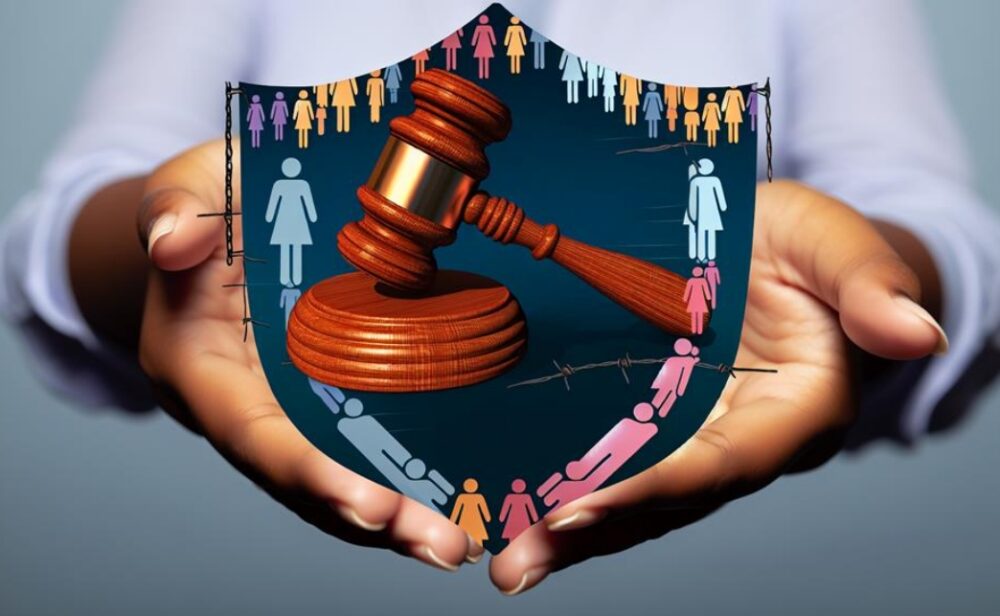In today’s world, ensuring personal safety is of utmost importance. Unfortunately, there are situations where individuals may find themselves at risk due to threats, harassment, or violence. To provide a legal means of protection, various types of protective orders exist. These orders are designed to safeguard individuals from potential harm and offer a sense of security. In this article, we will explore different types of protective orders and delve into their benefits.
1. Restraining Orders

Restraining orders, also known as protective orders or orders of protection, are among the most common types of legal protection. They aim to prevent an individual from engaging in certain behaviours that could harm another person. Such behaviours may include physical abuse, stalking, harassment, or threats. Restraining orders typically prohibit the restrained person from contacting or approaching the protected individual, their residence, workplace, or other specified locations.
The benefits of restraining orders are significant. They provide immediate legal protection, helping victims feel safer and more in control of their lives. Restraining orders can serve as a deterrent, sending a clear message to the restrained person that their actions are not acceptable. Violating a restraining order can result in legal consequences, such as fines or even imprisonment, providing an added layer of security for the protected individual.
2. Emergency Protective Orders
Emergency protective orders are issued in situations where there is an immediate threat or danger to an individual. They are often granted by law enforcement officers or judges outside of regular court hours. Emergency protective orders are temporary and intended to provide immediate relief until a formal hearing can be held.
The benefits of emergency protective orders are evident in their ability to offer immediate protection when time is of the essence. They provide a crucial window of safety during which the individual can seek further legal recourse and long-term protection through other types of orders.
3. Domestic Violence Protective Orders

Domestic violence protective orders specifically address situations involving intimate partners or family members. They are designed to protect victims of domestic violence from further harm. Domestic violence protective orders can include provisions similar to restraining orders, such as prohibiting the abuser from contacting or approaching the victim. They may also require the abuser to attend counselling or anger management programs.
The benefits of domestic violence protective orders are significant, as they address a specific type of abuse that often occurs within the confines of a personal relationship. They provide a legal means to break the cycle of violence and establish boundaries for the protection of the victim and any children involved. These orders also allow for the allocation of temporary custody, child support, and other important considerations.
4. Harassment Orders
Harassment orders, also known as anti-harassment orders or protection from harassment orders, are intended to protect individuals from persistent unwanted behaviours that cause distress or fear. Harassment can take various forms, including repeated phone calls, texts, emails, or even physical presence in public spaces.
The benefits of harassment orders lie in their ability to address ongoing patterns of harassment that may not necessarily involve physical violence. By providing legal protection and consequences for the harasser, these orders empower the victim and help restore a sense of safety and peace of mind.
5. Workplace Violence Restraining Orders

Workplace violence restraining orders are specifically designed to protect employees from threats or acts of violence in the workplace. These orders can be obtained by individuals who have been subjected to harassment or violence by a coworker, supervisor, or any other person associated with their workplace.
The benefits of workplace violence restraining orders are crucial in ensuring a safe and secure work environment. They allow employees to take legal action against those who pose a threat, enabling them to continue their professional lives without fear.
6. Child Protection Orders
Child protection orders aim to safeguard children from potential harm or neglect. These orders can be obtained by parents, legal guardians, or concerned parties who believe that a child’s safety and well-being are at risk.
The benefits of child protection orders are centred around the welfare of the child. They provide a legal means to remove the child from dangerous or neglectful situations and establish temporary custody arrangements. Child protection orders help ensure that the child’s best interests are protected and that they are placed in a safe environment.
Conclusion
Protective orders play a vital role in ensuring personal safety and security. By exploring the different types of protective orders available, individuals can gain a better understanding of the legal options at their disposal. From restraining orders to child protection orders, each type serves a specific purpose in protecting individuals from harm and establishing boundaries. The benefits of these orders cannot be overstated, as they provide immediate relief, deter potential abusers, and empower victims to reclaim their lives. If you find yourself in a situation where you require protection, seeking legal advice and exploring the appropriate protective order can be a crucial step towards ensuring your safety.





